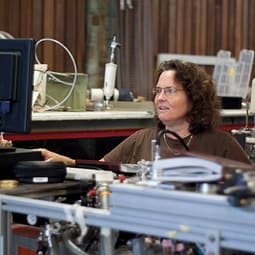
Kim Prather
Distinguished Chair in Atmospheric Chemistry, Director of the Center for Aerosol Impacts on Climate and the Environment, Department of Chemistry and Biochemistry and Scripps Institution of Oceanography, University of California, San Diego, USA
